Top 10 Malaysian Street Food That You Must Try
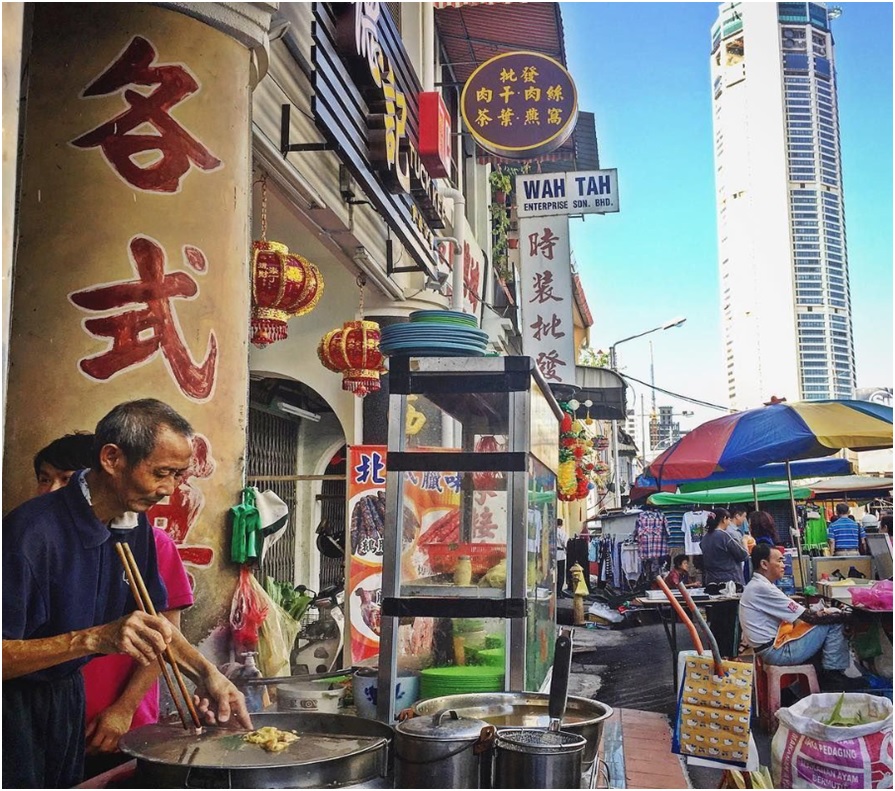
Malaysian Street Food – Credit @Chelsiang
What makes Malaysia simply special, is its multicultural melting pot. Malaysian street food, also known as hawker fare, is one of a kind where its originality can only be experienced on the street. As a result of historical migrations, you will find two or more cultural influences combined into one unique food. For example, Nyonya Kuih, a combination of Malay and Chinese dessert. When you visit Malaysia, you will feel like you are getting a package deal. You visit 1 country, but you get to taste all types Chinese, Indian, and ethnic Malay culinary delights.
Patronized by the poor and the rich, these street foods are usually found in clusters of stalls. It is usually set up by the roadside with basic tables and chairs. These hawkers have perfected their recipes which are passed on from generations to generations. Their flavors never disappoint. They mostly whip up only one specialty dish for dining in or to takeaway. It is cooked fresh in front of you and served directly to your table. With such low prices, ranging between $1 to $2 USD, it is no wonder many of the locals would rather choose to eat out. Here are Top 10 Malaysian street food dishes you must try in this lifetime.
Nasi Lemak
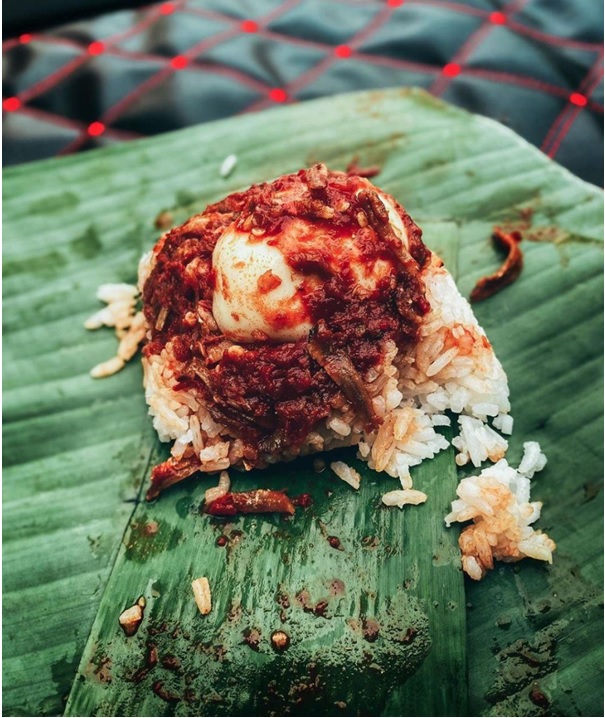
Nasi Lemak – Credit @right.click_
Considered the national dish of Malaysia, this coconut-infused rice dish is wrapped in banana leaf. It is then dabbed with spicy sambal (local shrimp paste). Nasi lemak usually comes along with condiments like deep fried anchovies, roasted peanuts, cucumber and a slice of hard boiled egg. The secret ingredient to a good nasi lemak is in the screwpine leaves (which are highly fragrant with floral smell) and coconut milk. It is common to find nasi lemak sold in street stalls or train stations in the early morning. This is where hurried commuters would grab a pack of nasi lemak for breakfast on the go. It is arguably one of the most affordable dishes, as it can be as cheap as only $0.25 USD. There are a variety of optional side dishes “lauk” (chicken, prawn, squid) that can be served on top of the nasi lemak. There would be additional charge for the add on dishes, which can easily set you back by 2000% more than the cheap basic version.
Asam Laksa
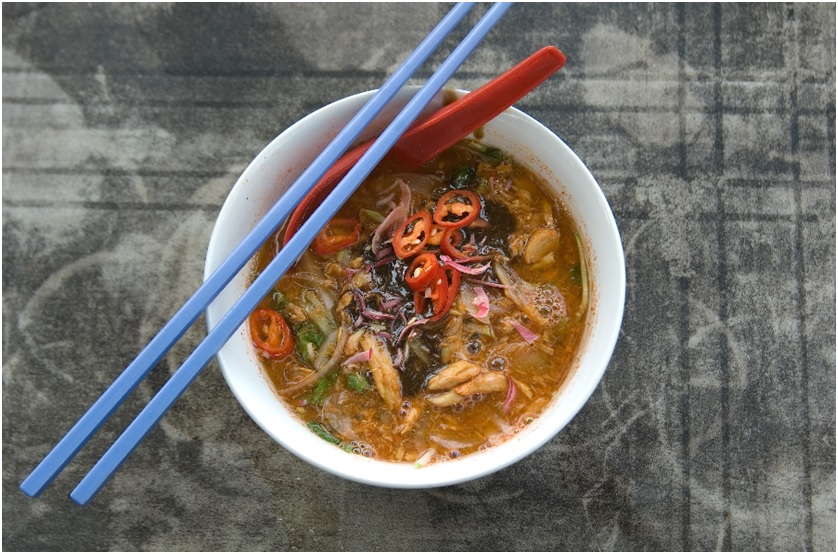
Laksa – Credit@Jonathan Lin
“Every time I come to Malaysia there’s one thing I gotta have…laksa.” Anthony Bourdain. Asam laksa has been rated as one of the world’s 50 best foods on CNN.
Anthony Bourdain raves of this local dish, calling it ‘The breakfast of Gods.’ Laksa, comes from the Sanskrit word “lakshah”. It means one hundred thousand, is a concoction of multiculturalism altogether. This Malaysian dish is a spicy fish-based sour noodle soup. It is a combination of chewy rice noodles with sour sweet savoury fish broth. The broth is made of shredded mackerel fish, tamarind, a blend of shallots, turmeric and lemongrass. Chilies are grounded into a paste and together with other ingredients, simmered for several hours. It is topped with sliced vegetables, most commonly cucumber, onion, and lettuce. For an extra sourish experience to your palette, you can add a spoonful of “Hae Ko” (a kind of dark and rich Malaysian-style shrimp paste). Some stalls offer a side dish of spring rolls to pair it with. Dip the crispy spring rolls into your piping hot bowl of thick broth, let it soak for a bit for the oomph factor!
Char Koay Teow
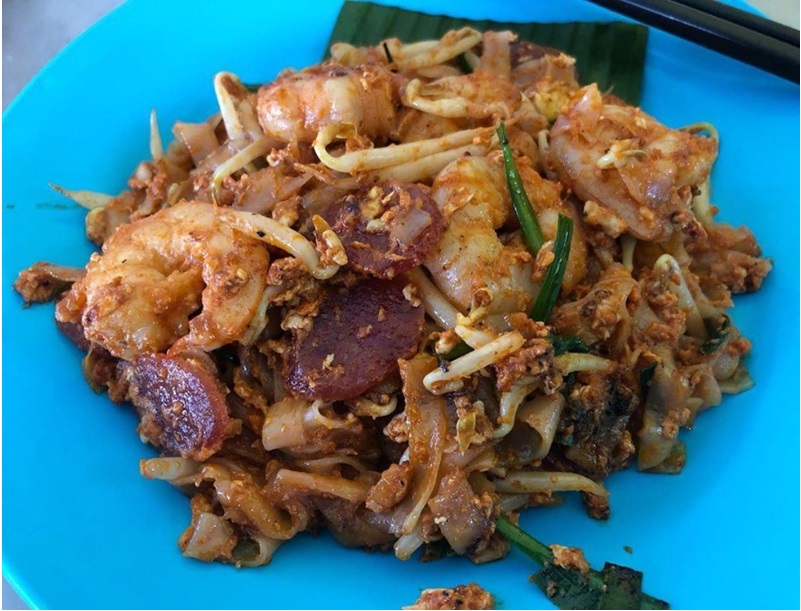
Char Koay Teow – Credit @genkimel
This fried flat rice noodles was once considered a “poor man’s food”. In the olden days, it was mainly served to labourers because of its high fat content and low cost ingredients. It was unhealthy, but yet a cheap source of energy. Now, Char Kuey Teow has evolved into a beloved local favorite. The noodles must be stir-fried in a Chinese wok over high heat. It is stirred together in soy sauce with bean sprouts, prawns, spring onions, cockles, Chinese waxed sausages and pork lard. It is served under a piece of banana leaf to bring out the aroma of the dish. You can still find some traditional sellers who prepare this dish over a charcoal stove as fuel, to add in the flavor. This technique tows a smoky aroma to the noodles called “wok hei” which literally means “breath of the wok” in Cantonese. Char Koay Teow is best cooked in individual batches, to allow the noodles to soak in the sauces completely. This sinful, dark and oily delight attracts tourists from afar. You will be surprised to know some of the popular stalls will have queues that stretch from 1 to 2 hour on the weekends. If you look closer, some of these chefs are seen wearing goggles to protect their eyes from smoke and chilli fumes while churning some of the best Char Koay Teows.
Apam Balik
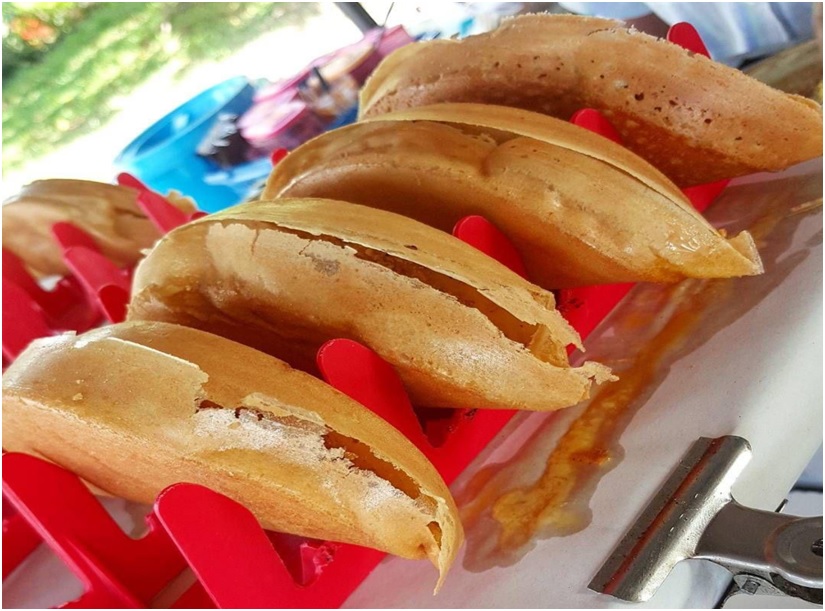
Apam Balik – Credit @fizaamran
For all the sweet tooths out there, this sticky rice-flour pancake is not to be missed. This snack is a popular treat that is sold in street carts at night markets, also known as “pasar malam”. Apam Balik in English means ‘turnover pancake’, is a sweet peanut butter pancake which is cooked in a thick round iron flat pan, with plenty of margarine. Its batter is made of a mixture of flour, eggs, sugar, baking soda and coconut milk. The batter is left on the pan until bubbles start to form on the surface. It is then sprinkled with a generous amount of traditional fillings of chopped peanuts with sugar, topped with sweetcorn kernels. A spoonful of butter is splattered onto the half-way cooked pancake, coating the peanuts and sugar with a layer of caramel. Apam balik comes in different degrees of thickness, either in a thin, crispy form or as a thick and soft pancake. Both versions are equally delicious and make a great source for comfort food. The pancake is cooked until its crust is golden brown, and then folded into halves. It is best eaten while it is piping hot!
Cendol
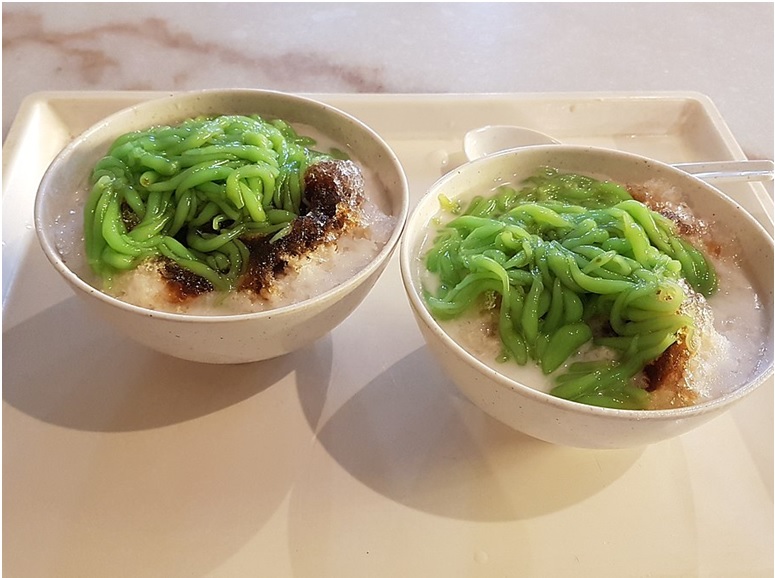
Chendol – @Credit Wikimedia Commons Orderinchaos
This iced sweet dessert is a sweet relief against those sweltering afternoons to escape the heat. You can find this local’s favourite especially at seaside pushcart stands. Every bowl of cendol is assembled to order at the stall. This chilled dessert is made of simple ice shavings paired with coconut milk and drizzled with thick and caramelised palm sugar (also known as “gula melaka”). The richness of the palm sugar makes this crowd pleaser an incredibly refreshing treat. Do not let the sight of green looking worms deter you from trying it out. They are actually green rice flour jelly which is topped up for added texture. A fine bowl of cendol incorporates a good amount of boiled red beans which are enjoyable to munch on. The flavors sink altogether into the shaved ice creating the perfect layer of sweetness.
Durian
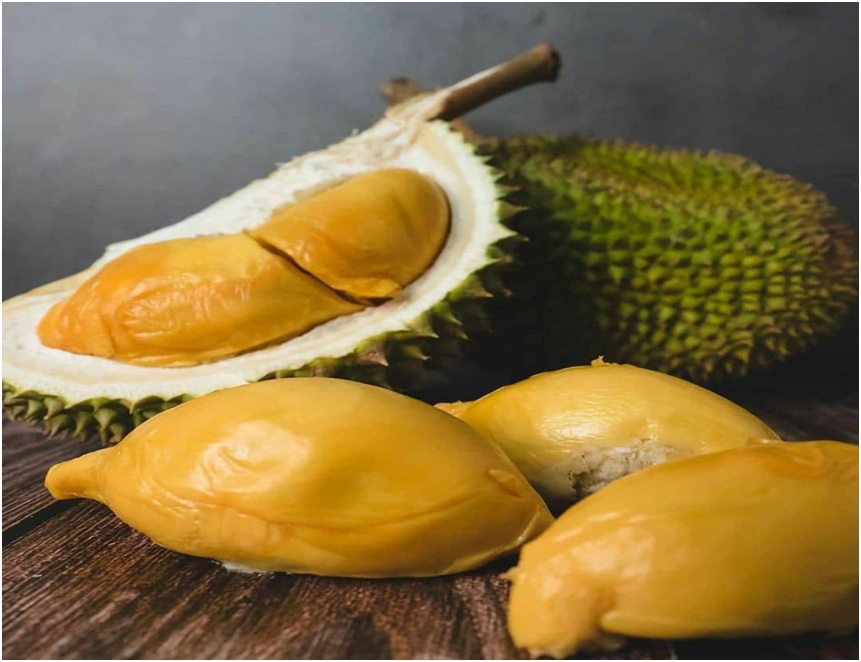
Durian – Credit@sitisupri
Also known as the “King of the Fruits”, this fruit is known for provoking strong emotions. Either you love it or hate it. Covered in formidable looking spikes, it can potentially pierce your skin if you are not careful. It is most unwelcomed in public spaces like public transports and hotels due to its overpowering smell. The smell can overwhelm your whole car and linger around for some time, even though it has been removed from the car boot. Anthony Bourdain, who actually relish eating durians, colorfully describes the after effects of eating it: ‘Your breath will smell as if you’d been French-kissing your dead grandmother’. Durians are seasonal fruits and mostly found in June or December. You can either indulge these durians at street stalls or directly in durian farms (harvested straight from the owner’s backyard). And some stalls have the option of having the buffet version (eat all you can, allowing you to sample a wide variety of durians) or you can pick a specific durian brand of your choice. Depending on the type of durian, some have a bittersweet taste to it and feels creamy in the mouth. Some varieties come in soft, fleshy meat with an almost alcoholic taste. Musang King, is the most expensive and sought after durian variety due to its appealing texture and flavour.
Lok Lok
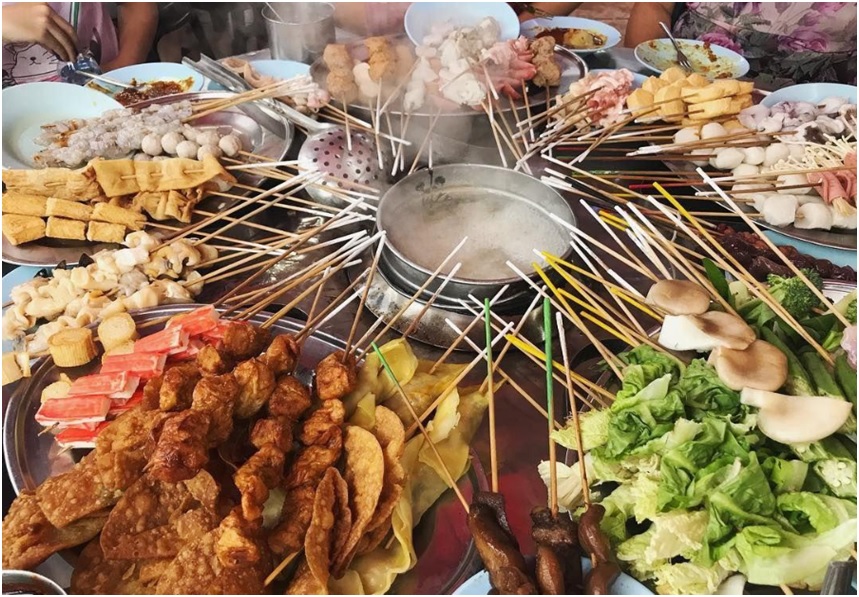
Lok Lok – Credit@welssgjournal
Lok Lok is usually a late night snack that is usually found at hangout spots for locals in the surrounding vicinity. This is a communal hotpot, where diners dip skewers of raw or semi-cooked food into boiling soup stock. A typical scene you would see, is groups of people standing shoulder to shoulder surrounding a mobile van. You will see an endless parade of drool-worthy meat or vegetables on bamboo skewers for dipping. You get a plate to choose your skewers from a variety of vegetables, cockles, quail eggs, fried bean skins, meatballs to assorted fish balls. It is perfect for small and big eaters as it is entirely up to you on how much you want to eat. You are charged by the stick labelled with colors, which highlights the price. You then cook your skewers in a simmering broth to your liking and coat with lip smackingly good sauces. Lok lok bonds people together as you will see strangers picking up a small talk, eating and laughing together amidst the preparations.
Rojak
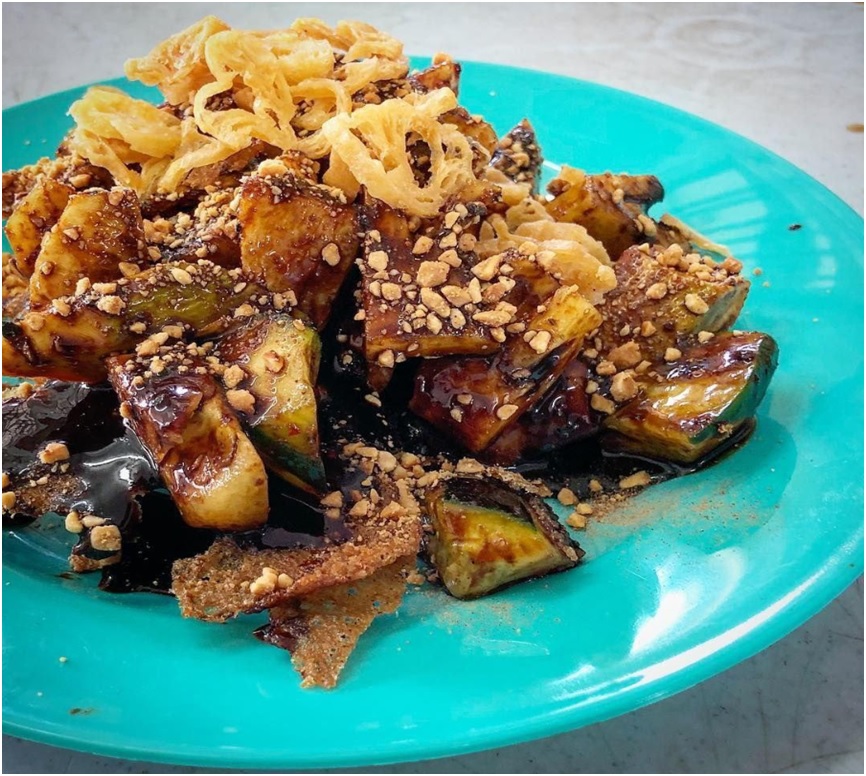
Rojak – Credit@tsyen10
Rojak is a colloquial Malay term for “mixture”. It is an Asian version of salad, with a spicy kick! Rojak is a mix of the freshest fruits and vegetables around, diced into bite size portions. It usually comes with pineapple, cucumber, turnip and guava. It is then drenched over with shrimp paste, lime juice, sugar, and chilli, creating that unique flavor. Lastly, it is garnished with heaping mounds of toasted peanuts. This dish contains layers and layers of flavors from crunchy to soft, tangy to sticky. It has to look thick, dark and flavorful. Just one bite, brings you on a rollercoaster of taste. You can get a savory version with bean curd, squid fritters, cuttlefish, bean sprouts and many more. It is best eaten fresh, as it becomes soggy after it sits for too long.
Roti Canai
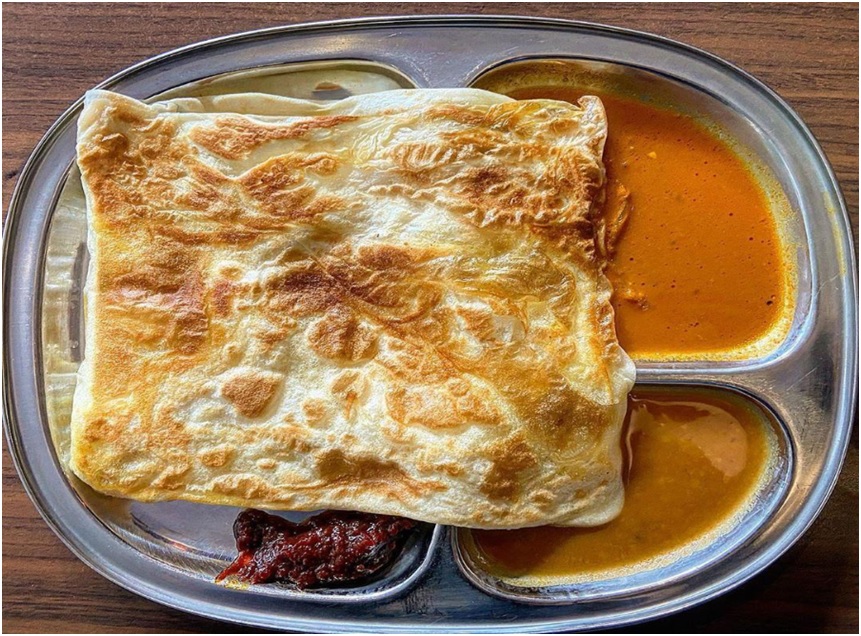
Roti Canai – Credit@Weekendfoodescapes
A specialty of Indian-muslim, roti canai has evolved into a localised dish. It is a flatbread, traditionally served with curry lentils sauces with a pinch of sambal (chilli paste). It is a very inexpensive dish that costs approximately $0.25 USD for the basic “roti”. The locals usually have it for breakfast together with Teh Tarik (pulled tea), the combination is so deliciously sinful. It is common to find these chefs, in front of their stalls, artfully smacking and flipping the dough until it is paper thin. This theatrical show is necessary to keep the pancake as crispy light and flaky. It creates the perfect base for soaking up spicy sauces. Overtime, there are new variations to it, “Roti Telur” (roti with egg), “Roti Pisang” (roti with bananas) and many more.
Nyonya Kuih
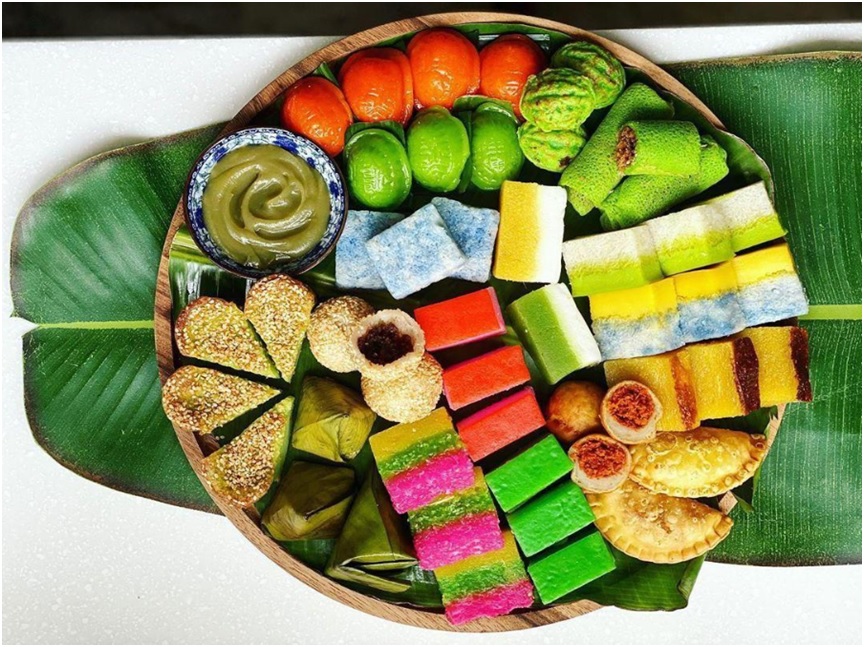
Nyonya Kuih – Credit @madamyongdelight
Kuih is a broad term used in the local context for a selection of dumplings, pastry and pudding. Nyonya kuih is influenced from cross culture intermarriages between the descendants of Chinese immigrants and the local communities. These sushi-sized desserts are very pretty, as they come in eye catching rainbow colors and assorted shapes. The most common ingredients used are glutinous rice, coconut milk, grated coconut and palm sugar. Most of these mouth watering snacks are sweet, but some of them are savory. It plays an important feature for traditional festivals, and also often used for Chinese weddings, to celebrate a baby’s arrival or ancestral prayers.
Author Bio:

I am Jules Tan, founder of Outdoormagnet. I work as an engineer in the manufacturing industry. During my free time, my husband and I write articles relating to our hobbies on our site. Outdoormagnet is all about outdoors and travel adventures. We are located in one of the beautiful islands of Malaysia, Penang.